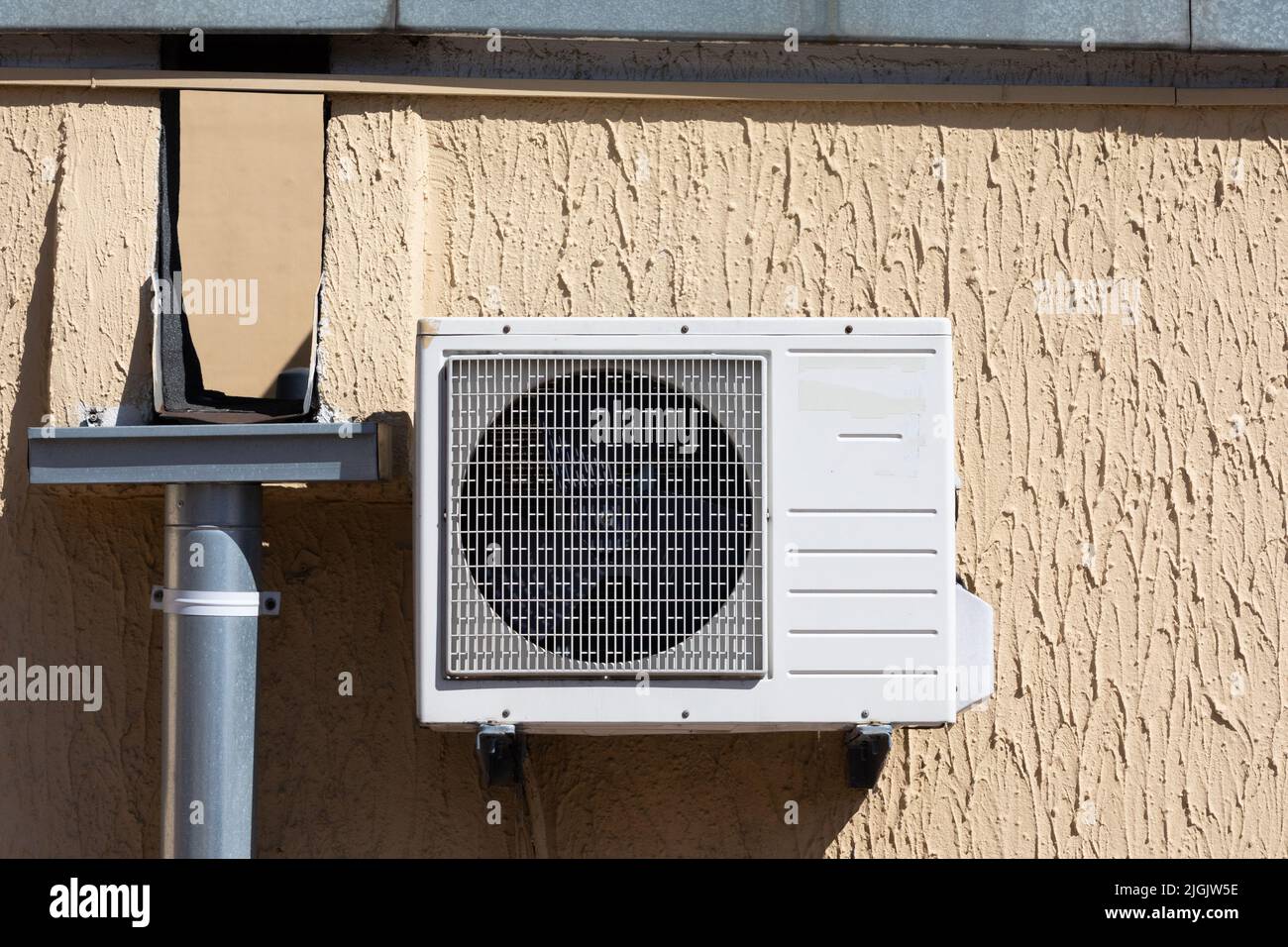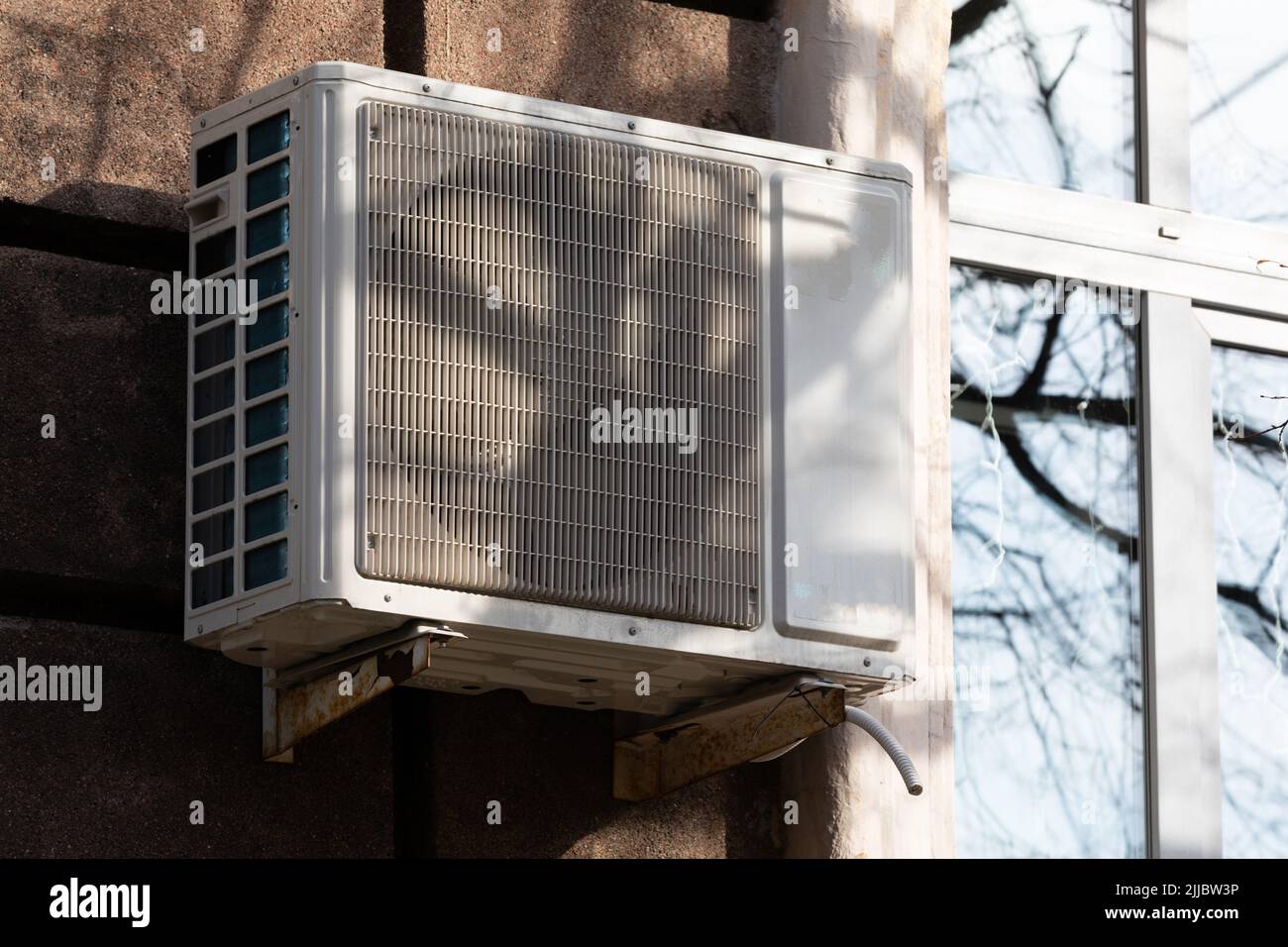Outdoor Air Conditioner Unit Not Running

The outdoor air conditioner unit, often called the condenser, is a crucial component of any split-system cooling setup. When it's not running, it can quickly lead to discomfort, especially during peak summer months. Understanding the common causes of a non-operational outdoor unit, along with effective troubleshooting techniques, is a core skill for HVAC professionals. For students, seasoned techs, and employers alike, mastering this knowledge translates to better service, career advancement, and efficient operations.
Common Causes of an Outdoor AC Unit Not Running
Several factors can contribute to an outdoor AC unit's failure to start. These issues range from simple fixes to more complex problems requiring specialized expertise.
Power Issues
Start with the basics. A tripped circuit breaker is often the culprit. Check the breaker dedicated to the outdoor unit in the electrical panel. A blown fuse within the disconnect box located near the unit itself is another potential issue. Remember to always turn off the power at the main breaker before inspecting the disconnect box. Confirm proper voltage at the disconnect with a multimeter. Low voltage from the utility company can also cause problems, though this is less common.
Thermostat Malfunctions
While the thermostat is indoors, its settings directly impact the outdoor unit. Ensure the thermostat is set to "cool" and the temperature is set lower than the current room temperature. A faulty thermostat might not send the signal to activate the condenser. This often presents with intermittent operation or no response at all. A smart thermostat with connectivity issues can also prevent the unit from running.
Capacitor Problems
The capacitor provides the necessary electrical surge to start the condenser fan motor and the compressor. A failing capacitor is a very common cause of AC unit problems. Technicians often refer to it as the “start capacitor” or “run capacitor.” If the capacitor is bulged, leaking, or visually damaged, it needs replacing. Testing a capacitor requires a multimeter with capacitance testing capabilities. NATE (North American Technician Excellence) certification often includes extensive training on capacitor testing and replacement.
Compressor Failure
The compressor is the heart of the air conditioning system, responsible for circulating refrigerant. A failing compressor is a serious issue and often a costly repair. Symptoms of compressor failure include unusual noises (grinding, clicking), overheating, and the inability to maintain adequate cooling. Technicians should test compressor windings for continuity and check for proper oil levels (if applicable). Depending on the system, compressor replacement or system replacement might be necessary.
Fan Motor Issues
The condenser fan motor cools the compressor by dissipating heat. If the fan motor is not running, the compressor can overheat and shut down. Obstructions blocking the fan blades (leaves, debris) are a common problem. A seized fan motor requires replacement. Check the fan motor capacitor as well, as this can fail independently of the main capacitor.
Refrigerant Leaks
Low refrigerant levels can cause the compressor to overheat and eventually shut down as a protective measure. Refrigerant leaks require specialized tools and knowledge to locate and repair. Adding refrigerant without fixing the leak is a temporary solution and violates EPA Section 608 regulations. Technicians must be certified to handle refrigerants. Finding and repairing leaks is a critical skill for HVAC professionals and is frequently tested in certification exams.
Contactor Problems
The contactor is an electrical switch that controls power to the compressor and fan motor. A faulty contactor can prevent the unit from starting. Burned or pitted contacts are common signs of contactor failure. Using a multimeter, technicians can check for continuity across the contactor when the thermostat is calling for cooling.
Troubleshooting Steps and Best Practices
A systematic approach to troubleshooting is essential for efficiently diagnosing and resolving outdoor AC unit issues.
- Safety First: Always disconnect power to the unit before performing any inspections or repairs. Use proper personal protective equipment (PPE), including gloves and eye protection.
- Visual Inspection: Look for obvious signs of damage, such as burned wires, damaged components, or refrigerant leaks.
- Electrical Testing: Use a multimeter to check voltage, continuity, and capacitance. Verify proper voltage at the disconnect, test capacitor values, and check for short circuits.
- Component Testing: Test the compressor windings, fan motor, and contactor for proper operation.
- Refrigerant Checks: Check refrigerant pressures using gauges (after earning appropriate EPA certifications).
Example: Sarah, an HVAC apprentice, was called to a home with a non-functioning AC unit. Following a systematic approach, she first checked the breaker, which was tripped. Resetting the breaker temporarily restored power, but it tripped again shortly after. This indicated a short circuit. Further investigation revealed a frayed wire near the compressor, which she repaired, resolving the issue. This example illustrates the importance of methodical troubleshooting.
HVAC Industry Outlook and Career Opportunities
The demand for skilled HVAC technicians is projected to grow significantly in the coming years. The Bureau of Labor Statistics projects a growth rate of 6% from 2022 to 2032, about as fast as the average for all occupations. This growth is driven by new construction, increasing demand for energy-efficient systems, and the need to replace aging equipment. The median annual wage for HVAC mechanics and installers was $59,690 in May 2023. The top 10 percent earned more than $82,980.
Career Paths and Advancement
An HVAC career offers diverse paths for advancement. Entry-level positions often involve assisting experienced technicians. With experience and certifications, technicians can progress to more specialized roles, such as:
- Service Technician: Diagnoses and repairs HVAC systems in residential and commercial settings.
- Installation Technician: Installs new HVAC systems, ensuring proper sizing and functionality.
- HVAC Designer: Designs HVAC systems for new construction or renovations, using software and engineering principles.
- HVAC Sales Engineer: Sells HVAC equipment and services to businesses and homeowners.
- HVAC Contractor: Owns and operates an HVAC business, managing technicians and projects.
Real-World Example: Mark started as an HVAC apprentice, learning the basics of installation and repair. He obtained his NATE certification and specialized in energy-efficient systems. He is now a lead technician at a large commercial HVAC company, earning a six-figure salary.
Certifications and Training
Certifications demonstrate competency and increase earning potential. Key certifications for HVAC professionals include:
- EPA Section 608 Certification: Required for technicians handling refrigerants.
- NATE (North American Technician Excellence) Certification: Validates knowledge and skills in specific HVAC areas.
- HVAC Excellence Certification: Another recognized certification program.
- State and Local Licenses: Requirements vary by location.
Apprenticeship programs offer valuable on-the-job training and classroom instruction. Vocational schools and community colleges also provide HVAC training programs. Employers often prefer candidates with formal training and certifications.
Employer Considerations
For employers, hiring skilled and certified HVAC technicians is crucial for delivering quality service and maintaining a competitive edge. Investing in employee training and development is essential for retaining talent and staying up-to-date with industry advancements.
Hiring Strategies
Employers should focus on attracting candidates with:
- Relevant certifications (EPA 608, NATE, etc.).
- Experience troubleshooting and repairing HVAC systems.
- Strong technical skills and problem-solving abilities.
- Excellent customer service skills.
Offering competitive salaries, benefits, and opportunities for advancement is essential for attracting and retaining top talent. Partnerships with local trade schools and apprenticeship programs can provide a pipeline of qualified candidates.
Retaining Skilled Workers
Investing in employee training and development is crucial for retaining skilled workers. Provide opportunities for technicians to obtain certifications, attend industry conferences, and learn about new technologies. Offering competitive salaries, benefits, and a positive work environment can also help retain employees.
“The future of the HVAC industry depends on attracting and developing skilled technicians. Employers must invest in training, offer competitive compensation, and create a culture that values expertise and innovation.” - John Smith, HVAC Industry Analyst.
The combination of proactive training, commitment to ongoing learning, and a focus on safety positions HVAC professionals for successful and rewarding careers. It also equips businesses to deliver exceptional service, ultimately contributing to a more comfortable and energy-efficient environment for all.










